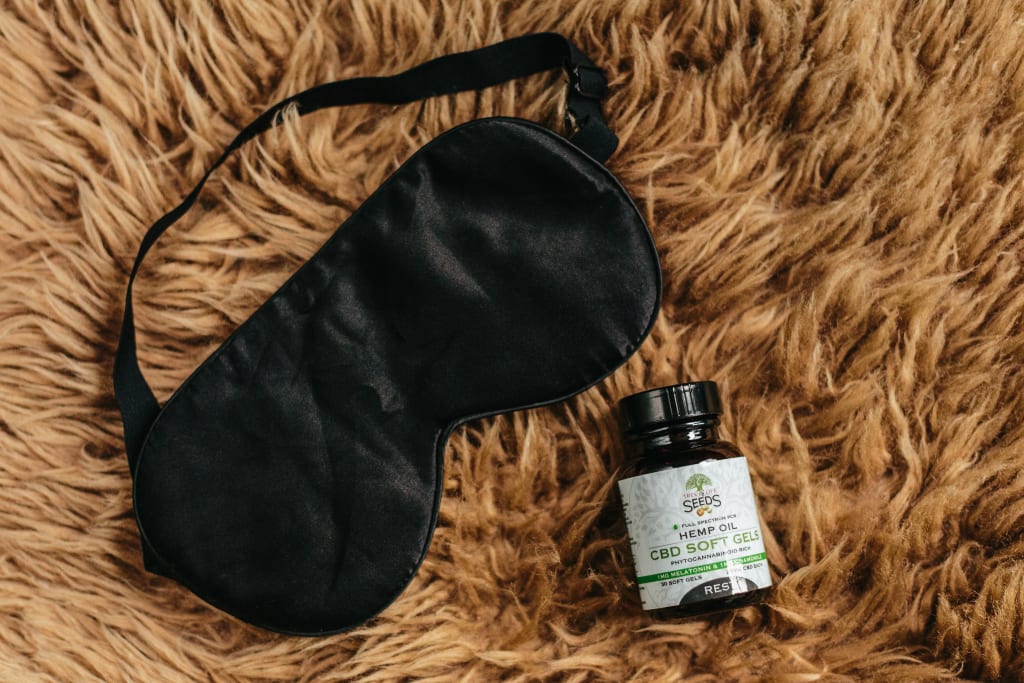
While there are some homemade remedies for dry eye syndrome that involve cold compresses, it is important to note that putting ice water directly on your eyes can be harmful and should be avoided.
Instead, here are some safe and effective home-made techniques for dry eye care:
• Blink frequently - this can help to spread tears evenly over the surface of the eye and keep them from evaporating too quickly.
• Practice the 20-20-20 rule - take a break every 20 minutes and focus on something 20 feet away for 20 seconds. This can help to reduce eye strain and dryness.
• Use a humidifier - this can help to add moisture to the air and prevent dryness.
• Maintain good eye hygiene - wash your hands before touching your eyes, avoid rubbing your eyes, and use clean towels and linens.
• Apply warm compresses - place a warm, damp washcloth over your closed eyes for a few minutes at a time. This can help to stimulate tear production and relieve dryness.
• Use artificial tears - choose a preservative-free formula that is designed to mimic natural tears.
• Increase omega-3 fatty acid intake - this can help to improve the quality of tears and reduce inflammation in the eyes. Foods high in omega-3s include fish, nuts, and seeds.
• Stay hydrated - drink plenty of water to keep your eyes moist and healthy.
• Protect your eyes from the sun - wear sunglasses that block UV rays whenever you are outside to prevent damage to the eyes and reduce the risk of developing dry eye symptoms.
An eye mask can also be a helpful tool in managing dry eye symptoms. A warm compress eye mask can provide moist heat therapy to the eyes, which can help to increase blood flow, relax the eye muscles, and stimulate the production of tears. Some eye masks are specifically designed for dry eye relief and may be filled with natural materials such as flaxseed or lavender, which can provide additional soothing benefits.
Here are some tips for using an eye mask for dry eye relief:
• Choose a mask that is comfortable and fits well over your eyes.
• Heat the mask according to the manufacturer's instructions, making sure it is not too hot to avoid burning your eyes.
• Apply the mask to your eyes for 10-15 minutes at a time, making sure to take breaks if you start to feel uncomfortable.
• Use the mask regularly as part of your dry eye care routine.
• Clean the mask according to the manufacturer's instructions to prevent the spread of bacteria.
While an eye mask can be a helpful tool in managing dry eye symptoms, it is important to note that it should not be used as a substitute for medical treatment. If you are experiencing persistent dry eye symptoms, it is important to consult with your eye doctor to determine the underlying cause and develop an appropriate treatment plan.
There are several types of eye masks available on the market, each with its own unique features and benefits. Here are some common types of eye masks and tips for choosing the right one for your needs:
Warm compress eye masks - these masks are designed to provide moist heat therapy to the eyes, which can help to increase blood flow and stimulate tear production. They may be filled with natural materials such as flaxseed, rice, or lavender.
Gel eye masks - these masks are filled with a gel-like substance that can be chilled in the refrigerator or freezer and applied to the eyes to provide cool, soothing relief. They may be helpful for reducing inflammation and swelling in the eyes.
Magnetic eye masks - these masks contain small magnets that are thought to help improve blood flow and reduce eye strain. However, there is limited scientific evidence to support their effectiveness.
Light therapy eye masks - these masks use LED lights to stimulate the production of tears and reduce inflammation in the eyes. They may be helpful for people with chronic dry eye who have not responded to other treatments.
When choosing an eye mask, consider the following factors:
• Comfort - choose a mask that is comfortable to wear and fits well over your eyes.
• Material - consider the material of the mask and whether it is hypoallergenic or safe for sensitive skin.
• Temperature - if you are looking for a warm compress mask, make sure it can be heated to a comfortable temperature without burning your eyes. If you prefer a cool mask, make sure it can be chilled without becoming too hard or uncomfortable.
• Size - consider the size of the mask and whether it will fit your face comfortably.
• Purpose - think about the specific symptoms you are experiencing and choose a mask that is designed to address those symptoms.
• Quality - choose a mask from a reputable manufacturer that is made with high-quality materials and has good reviews.
Overall, choosing the right eye mask for your needs can be a helpful tool in managing dry eye symptoms. However, it is important to consult with your eye doctor if you are experiencing persistent dry eye symptoms or have underlying eye conditions to ensure you receive the appropriate treatment.
While eye masks can be a helpful tool for managing dry eye symptoms, there are some potential side effects and risks to be aware of.
Here are some potential side effects of using an eye mask:
Burns or injuries - if an eye mask is heated to a temperature that is too high, it can cause burns or injuries to the eyes or surrounding skin.
Allergic reactions - some people may have an allergic reaction to the materials used in the eye mask, such as the fillers or fabrics.
Eye infections - if an eye mask is not cleaned properly, it can harbor bacteria and lead to eye infections.
Increased dryness - if an eye mask is not used properly or too frequently, it can lead to increased dryness or irritation in the eyes.
To minimize the risks of using an eye mask, follow these guidelines:
- Choose a mask that is made from safe and non-toxic materials.
- Read the manufacturer's instructions carefully and use the mask as directed.
- Heat the mask to a safe temperature and test it on the inside of your wrist before applying it to your eyes.
- Clean the mask regularly according to the manufacturer's instructions.
- Don't use the mask for too long or too frequently, as this can lead to increased dryness.
- If you experience any discomfort or unusual symptoms while using an eye mask, stop using it and consult with your eye doctor.
Overall, eye masks can be a safe and effective way to manage dry eye symptoms, but it is important to use them properly and follow the manufacturer's instructions to minimize the risk of side effects.
If you have any concerns about using an eye mask or are experiencing persistent dry eye symptoms, talk to your eye doctor to determine the underlying cause and develop an appropriate treatment plan.
About the Creator
Nova
As an article writer and poet, I am excited to share my knowledge and creativity with the world. I bring accuracy and attention to detail to my writing, thoroughly researching topics for my articles and pouring my emotions into my poems.






Comments
Nova is not accepting comments at the moment
Want to show your support? Send them a one-off tip.